Description
The Emerson 1C31234G01 is a 16-channel compact digital input electronics module designed for integration within the Emerson Ovation Distributed Control System (DCS). It is engineered to accurately receive and digitize discrete digital signals from external field devices such as switches, sensors, and contacts. The module plays a crucial role in industrial automation by providing reliable real-time signal acquisition essential for stable and precise process control across a range of industrial sectors including oil and gas, power generation, chemical processing, and manufacturing.
- 1C31234G01
The 1C31234G01 facilitates the aggregation of up to sixteen independent digital input signals, transmitting them to the Ovation control system for monitoring and logic operations. Its onboard power supply supports 42 to 55 VDC auxiliary power, ensuring stable operation while providing a common ground reference for all input channels. The module incorporates contact bounce suppression and signal propagation delay filtering, ensuring signal integrity and preventing false triggering from noisy or unstable inputs.
Functionally, the Emerson 1C31234G01 module converts multiple discrete contact inputs into digital signals for the Ovation system’s control logic. It boasts high real-time responsiveness with a maximum propagation delay of 7 milliseconds, allowing rapid detection of state changes. This responsiveness is critical for safety-related systems and fast process control actions.
The module incorporates advanced diagnostic capabilities, including detection of internal faults and ground faults on input channels, enhancing system reliability and allowing timely maintenance intervention. The robust dielectric isolation rating of 1000 volts AC/DC between channels and logic circuits protects the control system from electrical noise and interference, ensuring signal accuracy in harsh industrial environments.
Technically, the 1C31234G01 features 16 digital contact input channels with input impedance around 10 kilo-ohms. Each channel can handle a closed contact output current between 4 to 8 milliamperes. The module operates efficiently with a typical power consumption of 4.56 watts and a maximum of 4.75 watts. It is rated for an operating temperature range of 0 to 60 degrees Celsius and can withstand non-condensing humidity levels up to 95%.
LED indicators on the module provide visual status feedback for power, communication, internal faults, and channel-specific faults, simplifying diagnostics and maintenance tasks. The compact form factor supports easy installation within standard control cabinets and industrial enclosures.
| Parameter | Value |
|---|---|
| Model | 1C31234G01 |
| Brand | Emerson |
| Product Type | 16-Channel Compact Digital Input Module |
| Number of Channels | 16 |
| Input Impedance | Approximately 10 kΩ |
| Closed Contact Output Current | 4-8 mA |
| Propagation Delay | Max 7 milliseconds |
| Power Supply | 42 – 55 VDC auxiliary power |
| Power Consumption | Typical 4.56 W, max 4.75 W |
| Operating Temperature | 0°C to 60°C |
| Humidity | 0-95% non-condensing |
| Isolation | 1000 V AC/DC dielectric isolation |
| Indicators | Power, communication, internal fault, channel fault LEDs |
| Applications | Industrial process digital signal input |
Related Emerson Ovation modules compatible with the 1C31234G01 include:
1C31203G01 – Remote Node Controller for distributed I/O management within the Ovation system.
1C31132G01 – 8-channel analog output module supporting precision field device control.
1C31169G02 – Serial Link Controller Module for communication with external devices.
5X00119G01 – RTD input module for temperature measurement integration.
1C31192G01 – Speed Detector Module for rotational speed sensing in control loops.
Installation recommendations for the Emerson 1C31234G01 suggest mounting in a dust-protected and ventilated enclosure to maintain operational integrity and temperature balance. Proper grounding and use of shielded wiring for input signals are essential to reduce electromagnetic interference and ensure accurate digital input recognition.
Maintenance practices highlight regular visual inspection of LEDs for fault detection, verification of wiring connections, and periodic firmware updates to optimize module performance. The module’s diagnostic functions help identify channel or internal issues early, contributing significantly to minimizing system downtime.

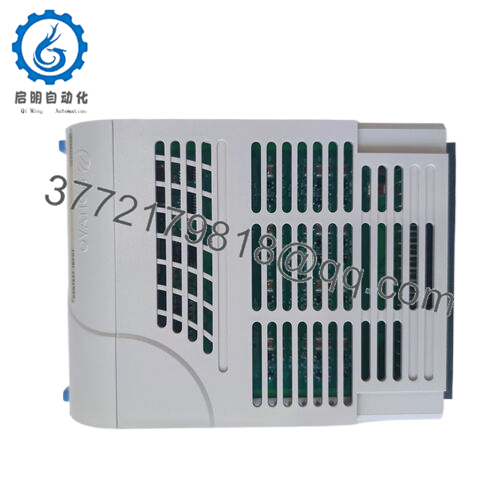
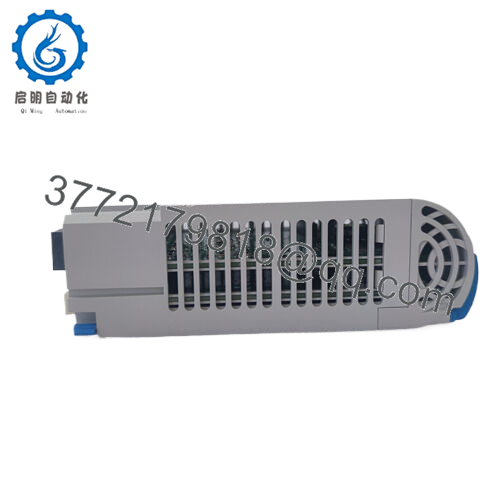
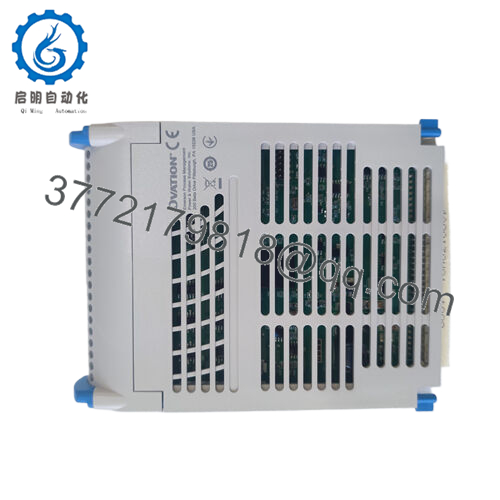
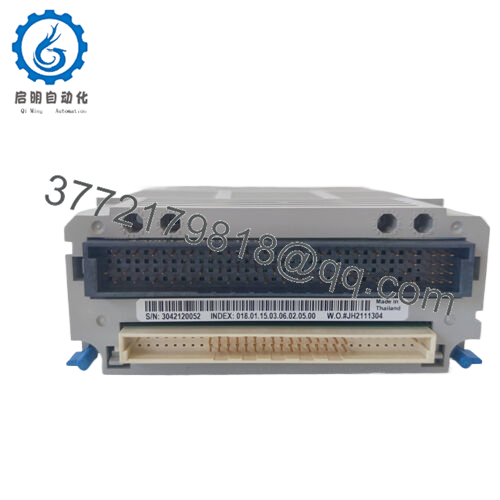
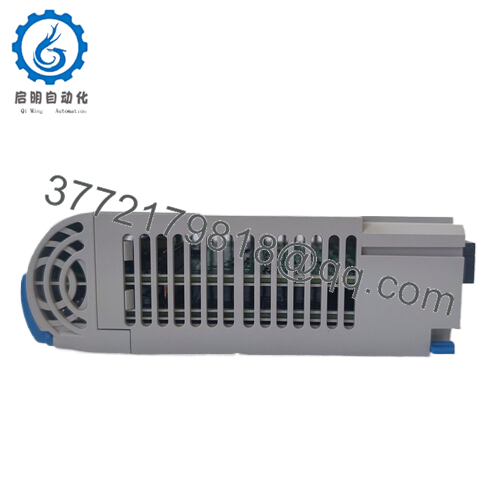
 WhatsApp: +86 16626708626
WhatsApp: +86 16626708626 Email:
Email:  Phone: +86 16626708626
Phone: +86 16626708626


